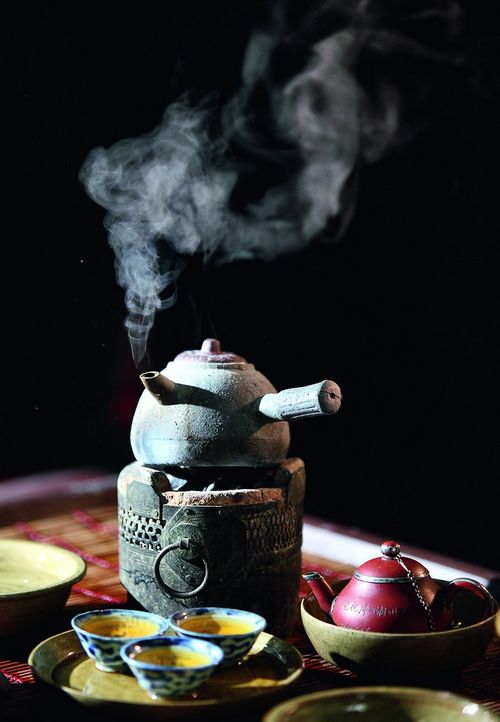Dear Integral Meditators,
When you are in a mental tangle, one of the simplest ways to untie yourself is by returning to your senses. The article below explains how!
In the spirit of coming to our senses,
Toby

Using your senses to support your mind
We all know the expression ‘when s/he came back to his senses’ when it is used to indicate that a person has temporarily gone mad or crazy, and lost touch with reality. They regain their contact with reality by ‘coming to their senses’. When our mind is full of hyper-busy thoughts and difficult emotions we can actually use attention to our senses as a way of coping more effectively with the experience, calming ourselves and becoming more resilient. Paying attention to our senses can also help us to deal with challenges such as insecurity or lack of confidence, emotional sensitivity, depression, and fear of aloneness.
The technique of coming back to our senses can be used not only as a way of dealing with mental or emotional dis-orientation, but also as a way of enhancing pleasure, ease and appreciation in our lives, particularly around the experience of sensory pleasure.
Coming back to your senses
To do this exercise you simply need to take your attention away from your thinking mind, and direct it toward your sensory experience in the present moment. So for example now as I am sitting at my computer I can pay attention to:
- The weight of my body on the chair,
- The quality of the light through the window
- The sound and feeling of the wind, and the call of the birds, as well as the distant traffic sounds
- The physical movement of my breathing
- The colours of the objects in my room
If I focus my attention on these objects of my sensory awareness, then naturally I take my attention and energy away from my mind and the thoughts and emotions I may be experiencing. My senses act as a literal anchor for my attention in the physical world, helping me to re-acquaint myself with the present moment and reduce the habitual movement of my mind as it see-saws from past to future…
You can use this method as a formal sit-down meditation technique, or just as a way of paying attention when you are out doing your daily activities, and want to steady yourself.
Two examples:
I used to find going out to busy shopping malls pretty unpleasant and dis-orienting, with all the movement, people, energy and friction (as I experienced it). Mentally my impulse used to be to detach from my physical experience and retreat ‘into my mind’ in such situations, but I found that did not really help my, in fact it only made it more unpleasant. Now in malls I do the ‘returning to my senses’ technique; using the physical sensory experience of being in the mall to anchor my attention and stabilize my mind and emotions. I wouldn’t say I now enjoy the experience of being in a mall particularly, but the challenge if being in crowded spaces like malls is now not a big issue for me.
Last Sunday I went for a walk by a reservoir with my daughter. Three quarters of the way around I could feel the heat and fatigue starting to set in a little and my mind beginning to complain/get bored. Focusing on my senses allowed me to quieten my mind, enter into the experience of being by the water, with the trees, engaging in the simple act of walking in a way that was deeply pleasurable and satisfying.
So remember; the next time you are being run ragged by your mind, return to your senses!
© Toby Ouvry 2016, you are welcome to use or share this article, but please cite Toby as the source and include reference to his website www.tobyouvry.com
Upcoming Courses at Integral Meditation Asia:
Ongoing on Wednesday’s, 7.30-8.30pm (next class August 10th) – Wednesday Meditation Classes at Basic Essence with Toby
8th & 17th September, 7.30-8.30pm – Free book talks on ‘Engaged Mindfulness’ by Toby
Saturday 8th October 10am-5pm – Engaged Mindfulness day workshop
Integral Meditation Asia
Online Courses * 1:1 Coaching * Live Workshops * Corporate Mindfulness Training *Life-Coaching * Meditation Technology










